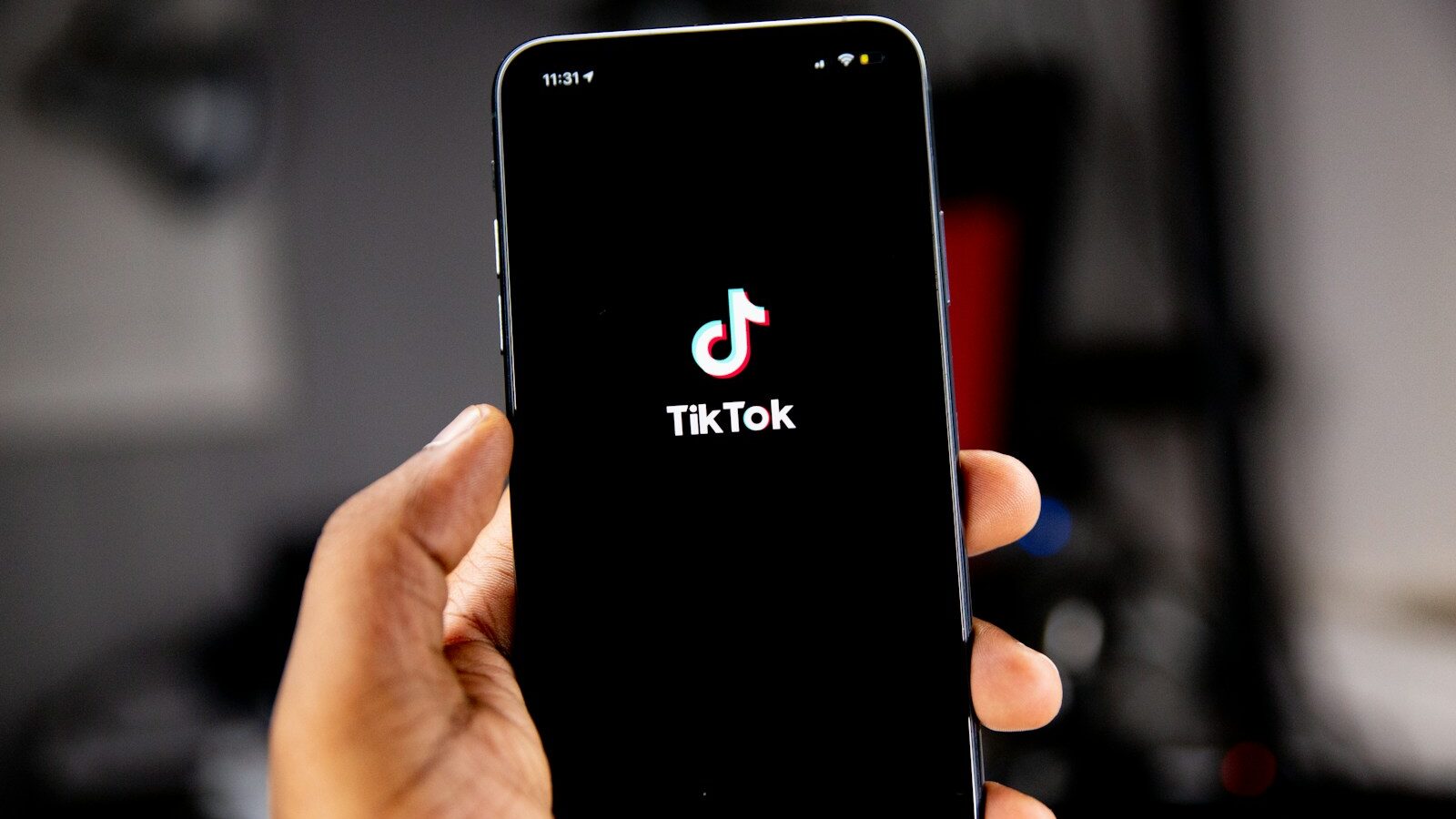Companies today are challenged to create diverse and inclusive work environments. Many public companies face scrutiny and pressure by their board of directors and customers to show progress in gender equity and pay.
Programmes focused on gender, as well as other forms of discrimination, have developed to counter the bias and unfair practices that exist within organisations. Age discrimination is rarely addressed, however, and gendered ageism remains off the radar.
For women, aging in the workforce is a double whammy. Still faced with an unlevel playing field due to their gender, they encounter more discrimination as they show visible signs of aging.
Gendered ageism must be addressed. The demographics are shifting. The number of older women currently employed and/or seeking employment increases every year. In the UK, the employment rate of women over the age of 65 represents the fastest growth in any age sector, increasing over the same time from 4.7% to 7.9%, an increase of 67%. The increase in number of working women is due in part to changes made to the state pension age for women, resulting in fewer women over 60 retiring.
As the demographic shifts in the workplace, age discrimination increases. Studies conducted by The Institute for Employment Studies in the UK reveal that older women can experience high and persistent levels of sexism at work, which older men do not face.
A ‘double whammy’ of discrimination
Not only are older women overlooked for promotion and training, but many complain about inappropriate behavior from colleagues, line managers or customers. Women in leadership roles struggle to get the respect they deserve. The stress and anxiety can ultimately force women out of work.
For women, aging in the workforce is a double whammy. Still faced with an unlevel playing field due to their gender, they encounter more discrimination as they show visible signs of aging. The IES suggests this is due to pervasive and negative societal attitudes towards older women. Their skills, experience and judgement are persistently under-valued, and their careers are stalled by a reduced tolerance and acceptance of women ageing at work.
The National Bureau of Economic Research in the US confirms that older American women face more discrimination than older men because of the value placed on their physical appearance.
In fact, older women are viewed as less competent. Researchers have concluded that aging is a gendered process and that overall women face grave challenges and discrimination during the aging process, particularly when it comes to financial and work-related matters.
What steps can HR take to address gendered ageism?
The first important step is to recognise this type of bias exists. A corporate awareness and sensitivity to this issue is critical in order to create an inclusive work environment that spans all generations.
Address your own ageist assumptions and bias to determine how they affect recruitment, hiring, firing, and compensation. Our own assumptions or personal fears about aging can blind us to reality.
For example, it’s a common ageist assumption that older workers are not technically savvy, yet research proves the opposite is true. It’s a common assumption that older women don’t have ambition when the opposite is true. They’re looking to continue to thrive in the workplace and contribute value. How do your beliefs affect your behavior and workplace practices?
Review your job postings for subtle ageist content. Review the data of new hires and terminations to see if there are trends that reveal gendered ageism. What percentage of your older employees who’ve been let go are women? Is there a pattern?
As women age in the workplace, their once sought-after opinions are ignored and they feel irrelevant when they still have much value to contribute.
Include gendered ageism in diversity programmes and unconscious bias training to build awareness across the organisation. According to a 2018 AARP survey of 3900 workers over 40, hearing negative remarks is one of the most commonly reported or experiences forms of age discrimination. My research and conversations with older female employees confirm the fact that these humiliating remarks are very common. Women need training to learn how to have difficult conversations with their manager and colleagues when subjected to this behavior.
Create a safe environment for discussion groups and open forums for older female employees. One common complaint I’ve heard in my many interviews with older women is that there is no one to talk to about their issues. Human resources doesn’t acknowledge or follow up on their complaints and they feel hopeless and isolated. They’re worried about their financial future and have no one to turn to for support. For the most part, they’re victimised by the system and remain silent, often in fear of bringing more attention to their age.
Cross-generational networking
HR should facilitate cross-generational networking and mentoring. As women age in the workplace, their once sought-after opinions are ignored and they feel irrelevant when they still have much value to contribute. Cross-generational exposure through planned networking events can be helpful.
Many older women find that office events exclude and discourage their attendance. Given the opportunity to meet and mentor younger employees not only creates more visibility for them but credibility and respect. First-hand knowledge of others often dispels the stereotypes we’ve come to believe.
Mentoring benefits the company as younger employees can share their insights and skills and older employees can share their wisdom and experience. It’s a win/win.
Encourage and/or provide additional skill training for all employees without judgment.
Provide opportunities for older female employees to showcase their talent and experience through ‘brown bags lunches’, staff and department meetings or company-wide events. Identify their areas of expertise or lessons learned that will benefit other employees and will help these women to regain credibility and respect.
[cm_form form_id=’cm_65a14c3f5da64′]
The respect begins when the organisation honors the contributions and wisdom of its employees and, in this case, of older women who are often disrespected and sidelined.
In summary, gendered ageism in the workplace needs to be addressed in order to achieve a diverse and inclusive workplace. When older female employees are pushed out the door due to unfair practices and behavior, all that wisdom and experience is lost.
We need to respect and honor all employees, what they have contributed to the organisation, as well as what value they can continue to provide.
Interested in this topic? Read Inclusion at work: the future is female – and older.








